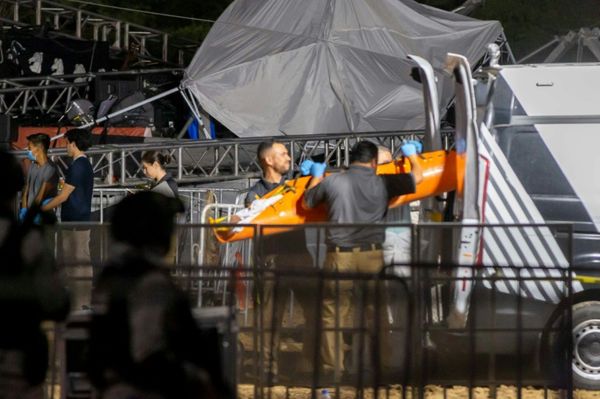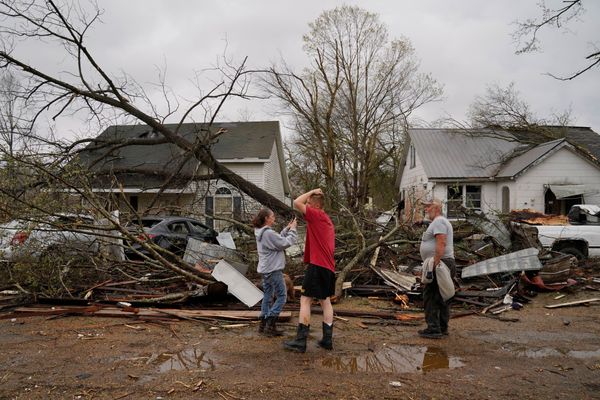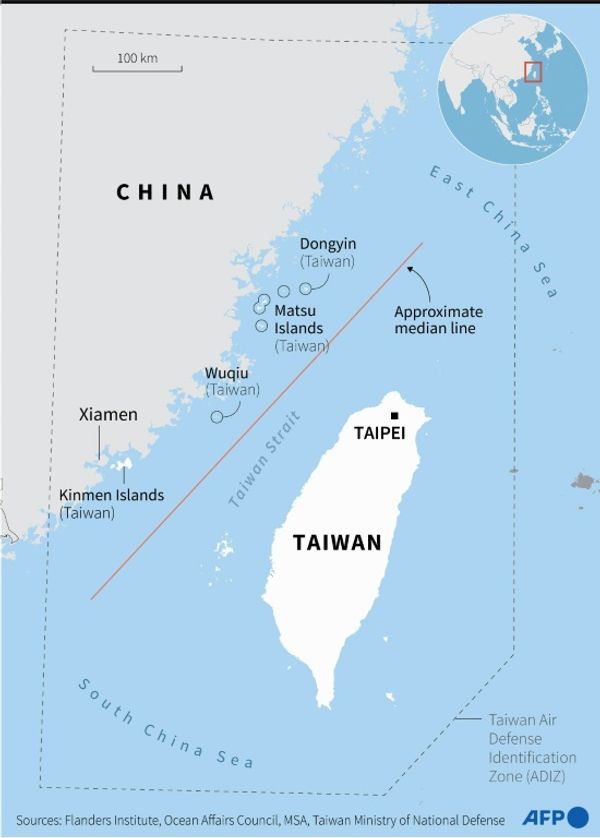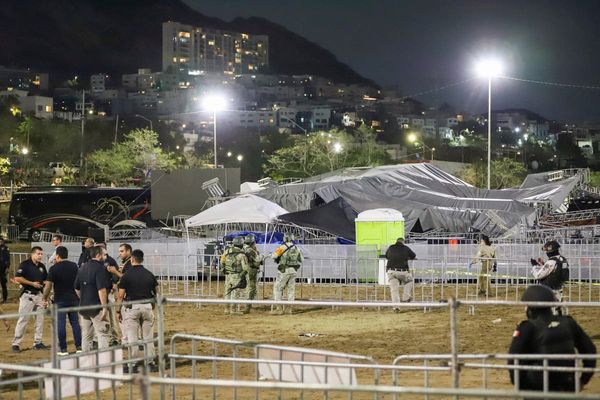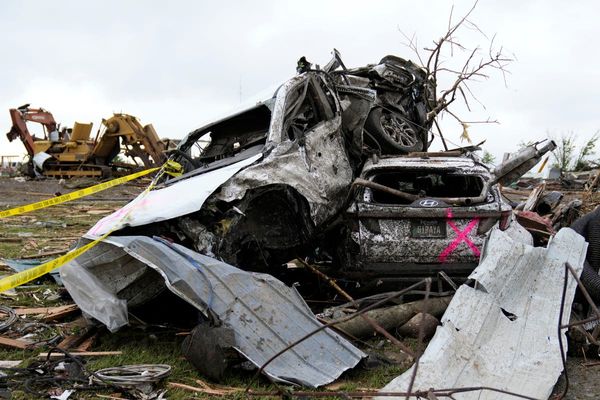
Every year, Reporters Without Borders (RSF), an international non-profit, publishes a report on freedom of the press around the world. And for the second consecutive year, India has slipped in the rankings.
While India lost three spots in 2017, it moved two rankings further down this year – remaining well behind Nepal (106), Afghanistan (118), Maldives (120), Sri Lanka (131) and Myanmar (137) when it came to the level of freedom available to journalists.
Of 180 countries, India has been placed at 138th as against its 80th position among 139 countries that were surveyed in 2002, when the index was first published.
Is it any surprise?
Not really. As stated in the April 25 report, unfortunately, the hatred is no longer limited to authoritarian regimes but has become visibly pronounced in countries with democratically-elected leaders. Particularly in India’s context, the report points out that the reason for India’s poor performance is largely physical violence against journalists. “Hate crime is another issue plaguing India,” the report warns.
The World Press Freedom Index measures the level of media freedom based on multiple parameters. These include the level of pluralism, media independence, environment and self-censorship, the legal framework, transparency, and the quality of infrastructure that supports the production of news and information. Based on this, the report analysed the “growing animosity towards journalists”.
The report, interestingly, did not find much coverage in the mainstream media. One of the reasons could be RSF’s pointed criticism of Prime Minister Narendra Modi, who came to power in 2014.
Speaking of threats to press freedom in India, the report pointed out the “deadly threat” posed by Modi’s nationalism. On India, RSF says: “Journalists are increasingly the targets of online smear campaigns” which go beyond vilification to physical reprisals. The 2018 report further stated: “Hate speech targeting journalists is shared and amplified on social networks, often by troll armies in Prime Minister Narendra Modi’s pay.”
It also drew a parallel between Hindu nationalists’ usage of violent references for journalists and Modi’s 2014 victory. “Ever since Narendra Modi became Prime Minister in 2014, Hindu fundamentalists have been referring to journalists in extremely violent terms,” the report states in its analysis of the Asia-Pacific region.
More recently, The Hoot, an online media-monitoring website, released a report along the same lines. In the ‘Press Freedom and Free Speech in 2018’ report, The Hoot states: “Media freedom continued to deteriorate in the first four months of 2018 in India.”
Quantifying the vulnerability of journalists, the report listed out three killings, 21 instances of attacks, arrests/detention of and threats to journalists, as well as 50 instances of censorship, among other attempts to curb free speech. While 11 journalists were killed in 2017, three scribes have already been murdered till now in 2018.
Both reports, RSF’s as well as The Hoot’s, state that the three journalists murdered this year – Dainik Bhaskar’s Vijay Singh and Navin Nishchal, and News World’s Sandeep Sharma – were targeted in connection with their work.

Apart from listing instances of attempts to curb free speech, The Hoot also investigated the actors involved – a “village head and relatives” in the death of the Dainik Bhaskar scribes, and the “sand mining mafia” behind Sharma’s. This was also reported by Big Media.
The Hoot pointed out that in 6 of 13 instances of attacks on journalists, the perpetrators were either members of Hindu right-wing organisations or the police. The latest incident was reported on April 20, when some Trinamool Congress workers allegedly assaulted some journalists in Siliguri, West Bengal.
Adding to the list of concerns, the May 2 report highlighted variance in data regarding attacks on journalist available with the government, when compared to The Hoot’s 2017 India Freedom Report.
In a written reply to a question in the Rajya Sabha, Union minister of state for home Hansraj Ahir had stated that the National Crime Records Bureau had recorded 15 cases of attacks on journalists, in which 26 people were arrested. But according to The Hoot’s 2017 report, it had verified 46 attacks on journalists that year.
The report addressed policies announced by the central and state governments and their impact on media freedom. These included the information & broadcasting ministry’s now-withdrawn notice to regulate fake news. For announcing/introducing such policy measures, the ministry was labelled the most-active “censoring agency”. It also listed instances of internet shutdown, related censorship, judicial orders gagging the media, among others.
Speaking to Newslaundry about the reasons for putting out such a report, its author, Geeta Seshu, said: “There was nobody doing anything like this before we began. There is no India-focused report, actually.” The Hoot had first put out a report in 2010.
“Another reason for doing this is that people really believe India is doing well on the free speech front and can’t understand why India is 138 on global rankings for press freedom. So such kind of listings helps us see the larger, grimmer picture and connect the dots. They force us to acknowledge the seriousness of the situation,” Seshu said.
“The Committee to Protect Journalists does its listing, so does RSF. But we have variants in terms of what we think are confirmed attacks on journalists, whereas a body like CPJ will say it is not confirmed,” she added.
The difference arises, primarily, because incidences of attacks on journalists in such reports also include those that are not directly a result of journalistic work. Recalling one instance in particular, Seshu said, “I remember the IFJ (International Federation of Journalists) put out a list of about 5-6 (attacks on) journalists in one particular year, and when I went back to check because I was a bit alarmed, I realised they bring in attacks that are not strictly related to the profession.”
Speaking about the cases included in The Hoot’s report, the media analyst added: “We (The Hoot) tend to be very particular that it has to be related to journalism.”
Seshu also spoke about the impact of such reports. “I would be really happy to say it’s had a huge impact in making the government change the way it looks at attacks on the media, but obviously that’s not been happening. Things have been going steadily downhill,” she lamented.
Talking about the mainstream media’s limited coverage of such reports, including the RSF’s, Seshu said: “It’s highly regrettable and extremely short-sighted of the media to ignore the writing on the wall.”
“It’s shameful that the media, barring some exceptions, fails to protect journalists who are in its employ or are stringers. Media companies don’t care but what about the loss of solidarity among journalists? I am hopeful that is changing,” she added.
Newslaundry is a reader-supported, ad-free, independent news outlet based out of New Delhi. Support their journalism, here.
